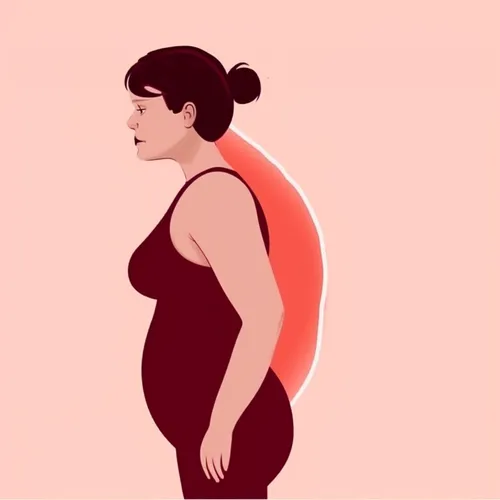Stopping Bone Loss – Understanding Osteoporosis
Osteoporosis causes bones to become fragile and brittle. This article explains what happens to bones, who is at risk, how it’s diagnosed, and how to prevent and treat it.
The term Osteoporosis actually means “porous bones”. It’s a condition where bones reduce in density and strength over time, making them more likely to break from minor bumps or falls.
What Happens to Bones
Bone is living tissue made up largely of calcium. When we’re young, old bone cells are constantly replaced by new ones. But as we age, more cells wear out than are replaced. Bones start to lose mass and become weaker.
With significant thinning, bones become fragile. Even a cough or sneeze can cause a rib fracture. Around 60,000 fractures occur each year in the over 65s.
Osteoporosis Symptoms
There are often no obvious symptoms until a fracture occurs. Some indications are:
- Height loss
- Spine curving and stooping (kyphosis)
- Unexplained back pain
A “fracture threshold” is the point where normal activity will cause a bone to break. Those with osteoporosis have bones near this threshold. Factors like a lack of weight bearing exercise, smoking, and poor nutrition all lower the threshold, making fractures more likely.
Fractures most often occur in the hip, wrist, and spine. Hip fractures in the elderly can be devastating, with many unable to regain mobility or independence after the injury. Vertebral fractures in the spine often cause no pain but result in a stooped posture, height loss, and breathing issues.
Who is at Risk?
Certain factors increase osteoporosis risk:
- Lack of exercise − it keeps bones strong
- Smoking
- Heavy alcohol intake
- Long-term steroid medication
- Poor diet, especially low calcium
- Family history of osteoporosis
- Thin, slender build
- Early menopause before 45
- Low oestrogen levels in women
- Low testosterone levels in men
Diagnosing Osteoporosis
A DEXA bone density scan takes special x-rays to measure bone mass. It helps confirm osteoporosis and fracture risk. Sometimes a small hip bone sample is taken.
See your doctor if you’re worried. They can discuss scans and tests.
Treating Bone Loss
There’s no cure yet, but treatment can slow thinning. Bisphosphonate drugs help bones absorb calcium. This reduces bone loss and increases mass.
Hormone therapy (HRT) replaces oestrogen lost during menopause, preventing further bone loss. Testosterone treats deficient levels in men.
Calcium and vitamin D supplements are often recommended for stronger bones. Adults need 800-1000mg calcium and 5mcg vitamin D daily. More is needed during pregnancy and after 65.
After a fracture, strong pain relief is advised while bones heal.
Helping Yourself
Regular exercise like brisk walking keeps bones strong. Avoid smoking and heavy drinking. Prevent falls and avoid heavy lifting.
Understanding risk factors, getting diagnosed early, and starting treatment can all help maintain bone strength and health.
Photo “Osteoporosis Explained” by Anthony Cunningham for Zoom Health
Zoom Health is a leading UK supplier of Home Health Tests and Earplugs





